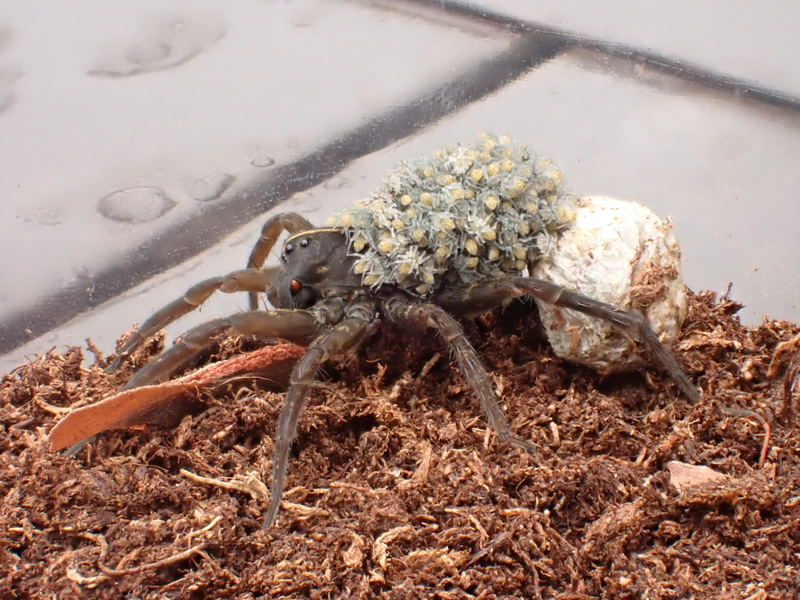
Wolf Spiders: Caring Mothers
Did you know that Wolf Spiders are excellent mothers? When a female Wolf Spider is ready to lay eggs, she weaves a sheet of silk to lay them on. Then, she lays a hundred or more tiny little eggs on the silk mat. After the eggs are laid, the spider then weaves a sac of silk around them. She attaches this egg sac to her abdomen and carries it around for a couple of weeks until the eggs hatch.
Wolf Spider with newly hatched spiderlings. Note that the egg sac is still attached, as there are still some spiders that have not yet emerged.
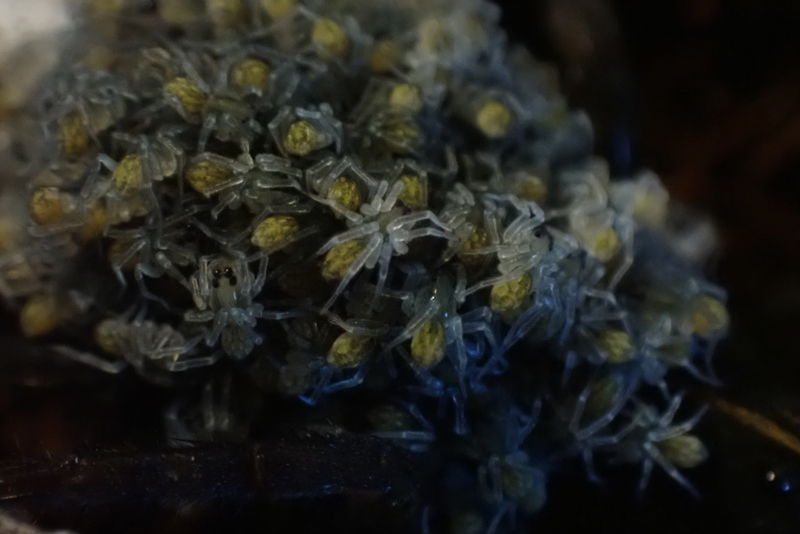
A close up of some of the newborn spiderlings.
When the eggs begin to hatch inside the egg sac, the mother rips a small hole in the sac to allow the spiderlings, or baby spiders, to climb up onto the mother’s back, where they will stay for the next few weeks. Once they are fully developed and ready to fend for themselves, the spiderlings will climb off the mother’s back and skitter away into the undergrowth, fully capable of catching food and defending themselves.
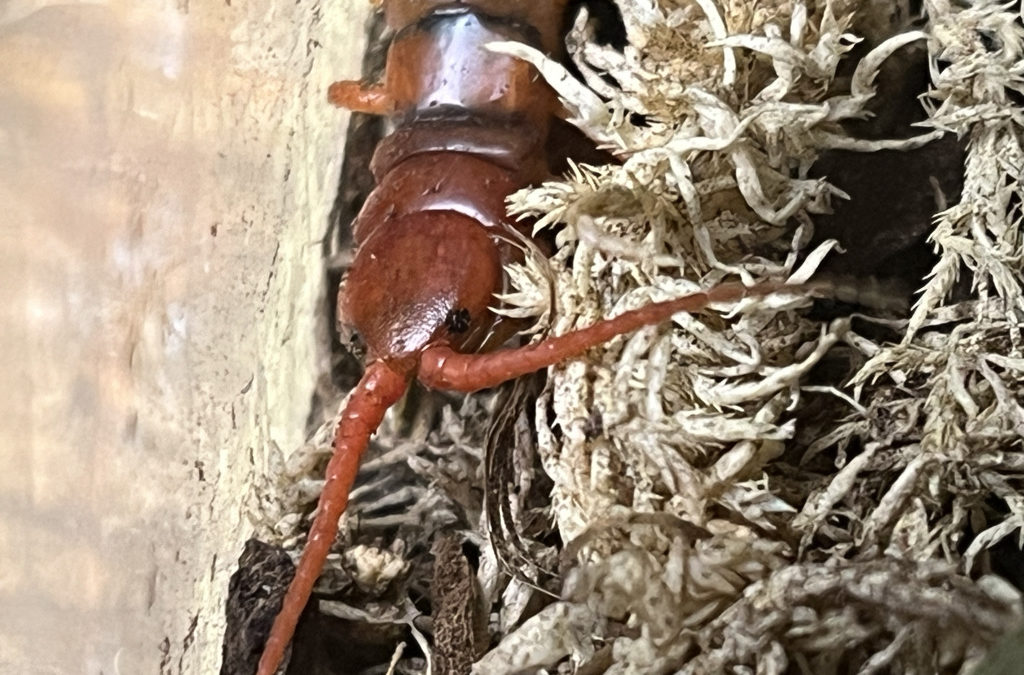
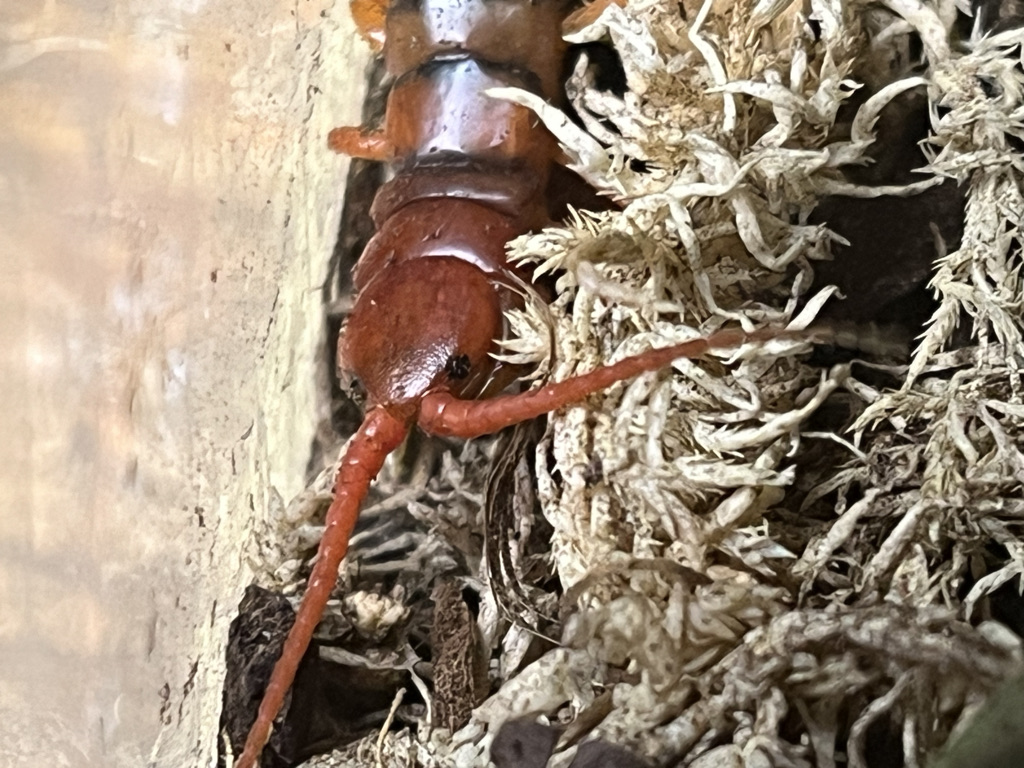
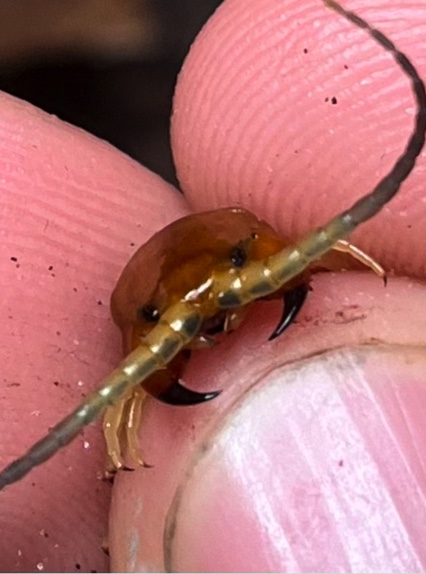
Recent Comments